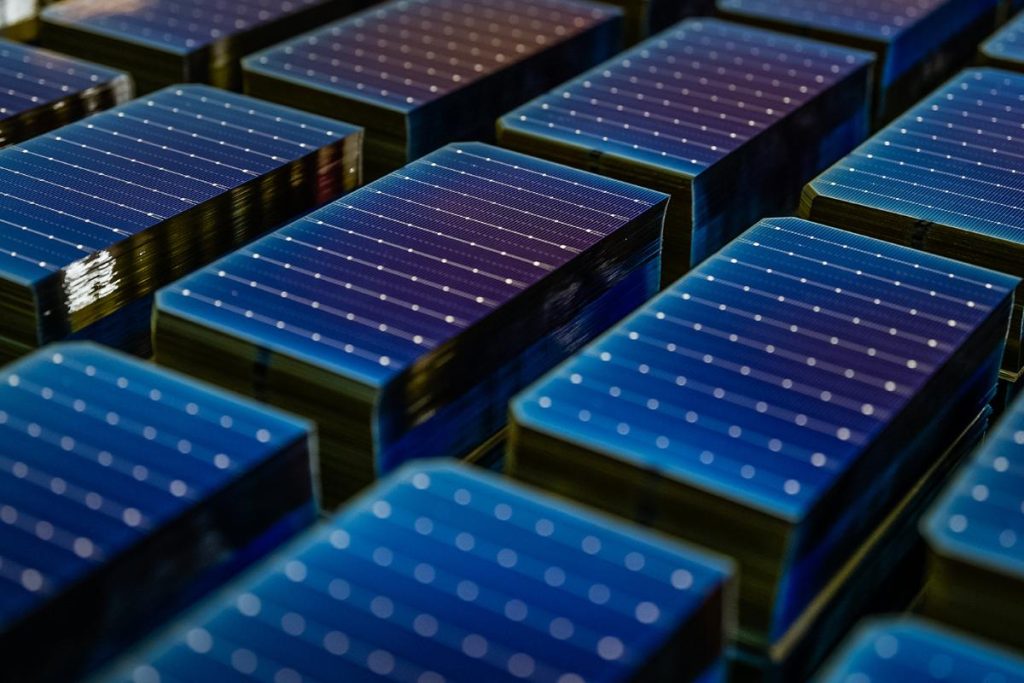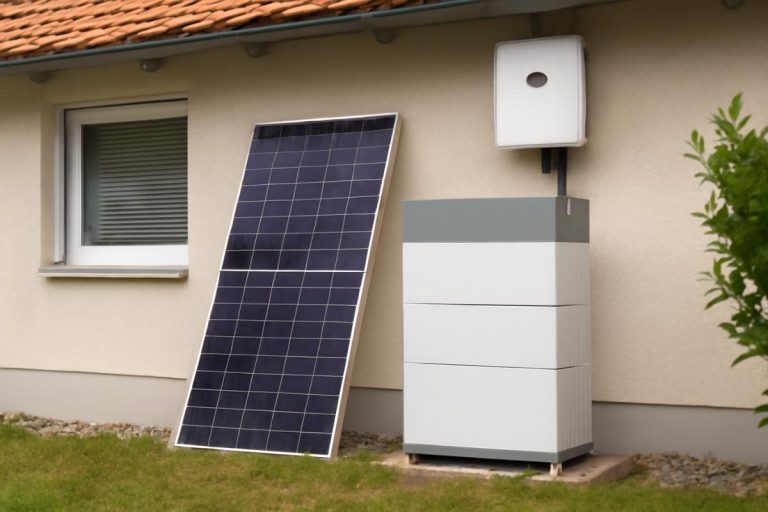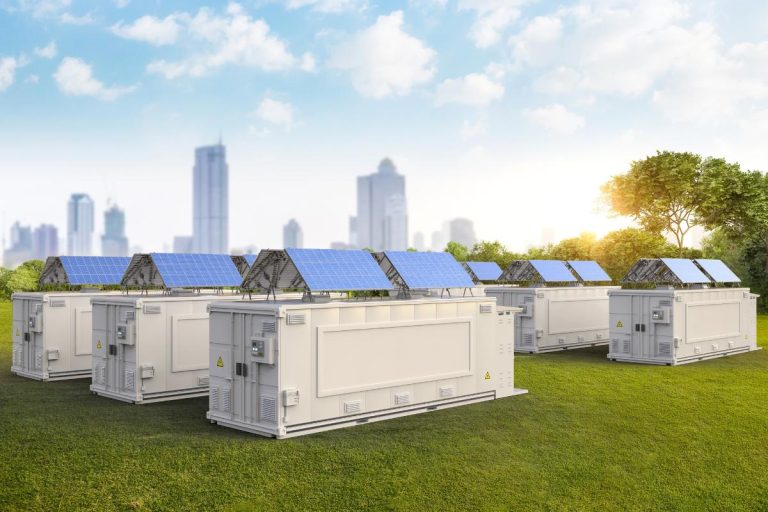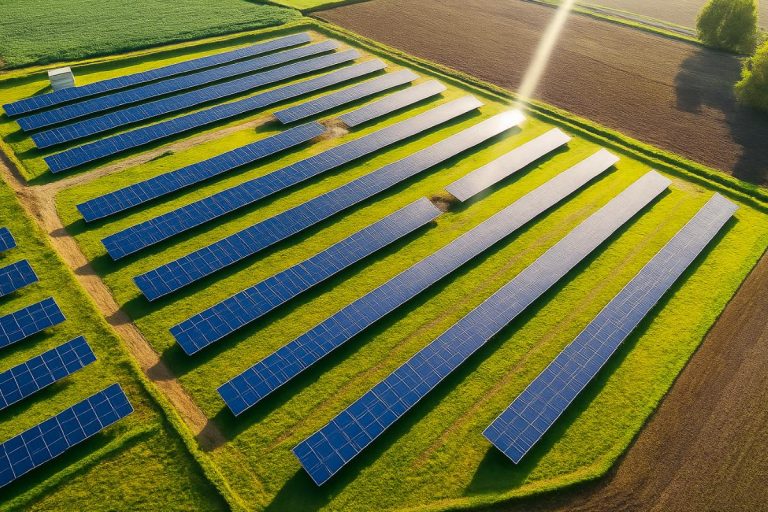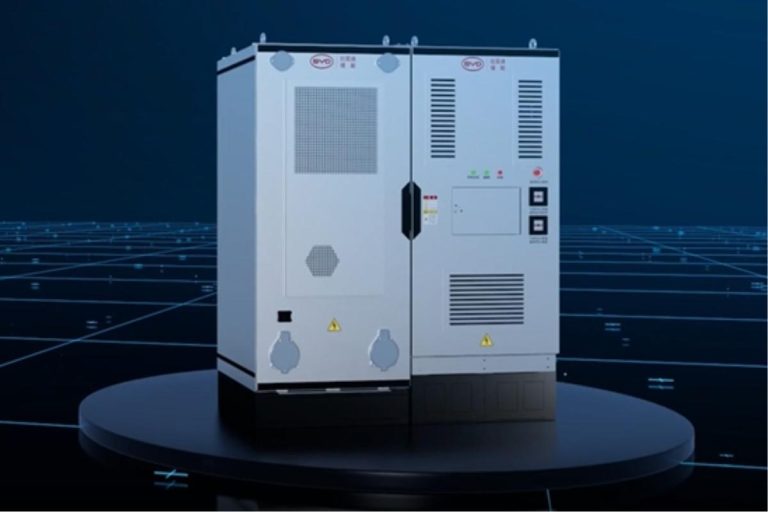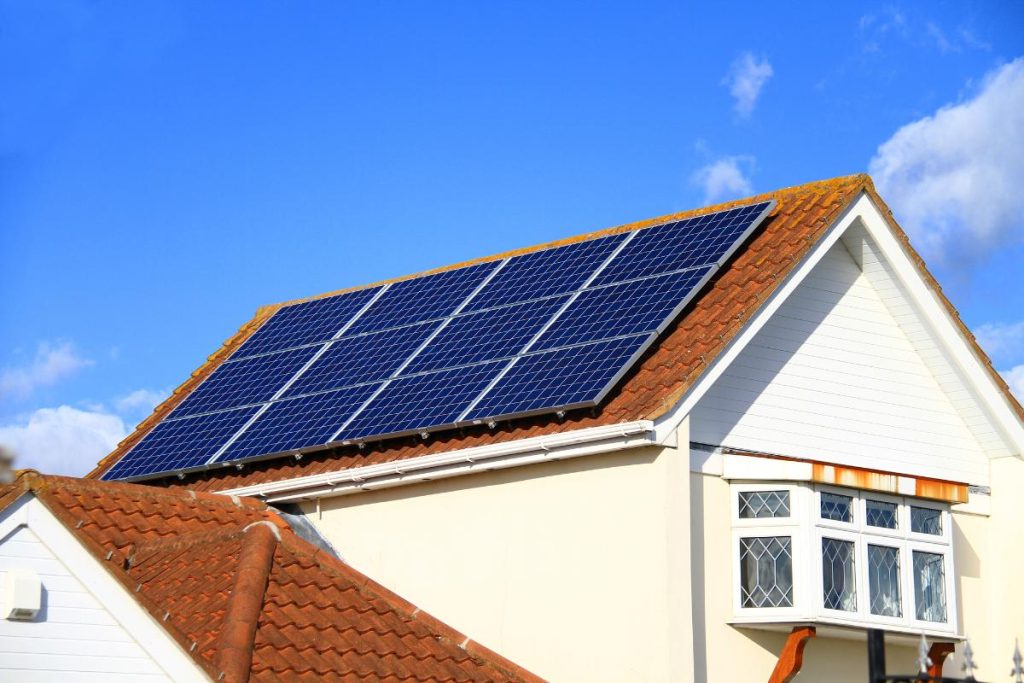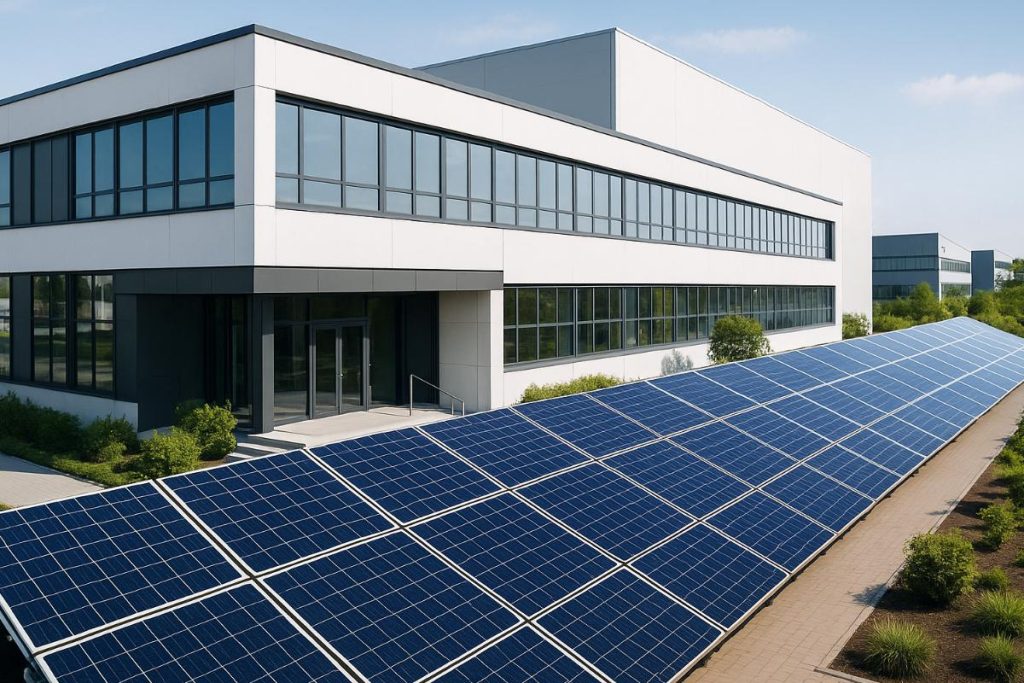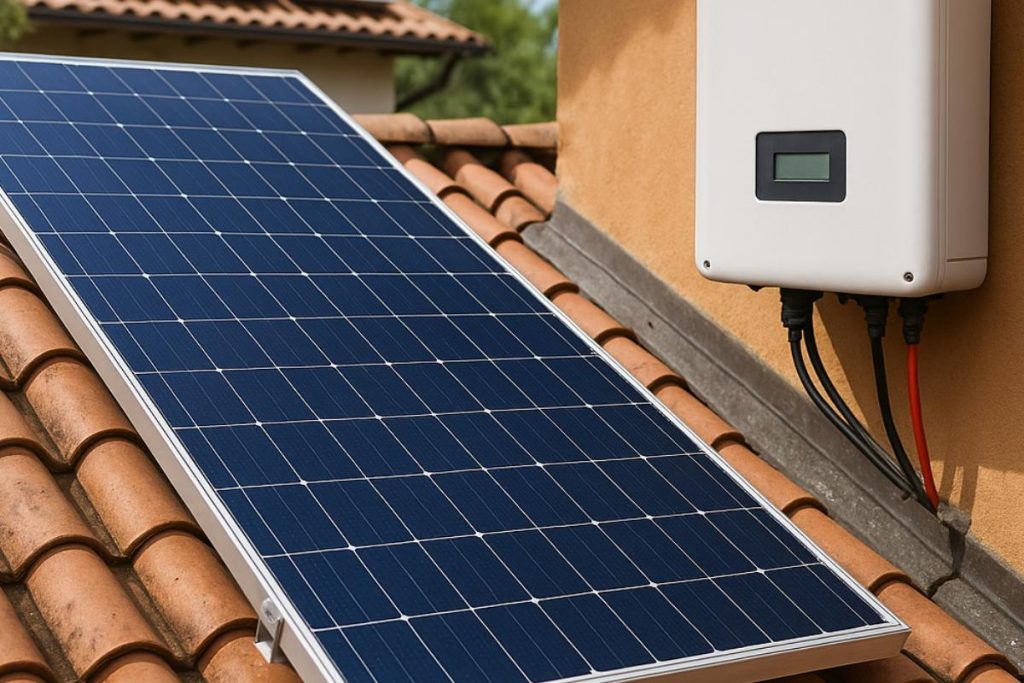Imagine generating so much energy with your solar roof that, instead of sending the surplus to the electricity grid, you could send a packet of watts to your mother's house, your friend's or even to that other house of yours on the beach. Sound like the stuff of fiction? The truth is that technology already allows it.
Today, thousands of Brazilians produce more solar energy than they consume, but most are still unaware of how to use this system beyond traditional compensation. What if, instead of just receiving credits on your electricity bill, you could direct your surplus energy to another specific address?
In this article, you'll learn how Brazilian legislation, intelligent systems and even new energy cooperative models are reinventing the way we think about consumption.
Is it possible to transfer solar energy to another house?
Yes, it is possible to transfer or split the solar energy generated at one address for use at another. This process usually involves using the energy credits generated by a solar system in one home to offset the energy consumption in a second home.
However, the details of this process will vary greatly depending on local regulations and the type of solar energy system installed. In some cases, it may be necessary to adapt the installation and follow specific procedures to ensure that the transfer is carried out effectively and in accordance with established standards.
How do I transfer solar energy to another home?
Have you ever imagined that the energy from your solar roof could light up your brother's house, help your friend's business or even keep your beach house running? That's right: transferring solar energy is not only possible, it's already happening in Brazil.
Shall we understand how this works?
Types of solar energy transfer
Before you go out distributing watts, you need to understand that there are three main ways of sharing solar energy. Each one has its own rules, advantages and a little bureaucracy. Get to know the options:
Direct sharing or shared generation
Direct sharing allows the energy generated by a solar system on one property to be used on other properties nearby. To implement direct sharing, a group of people can come together to form a cooperative, consortium or other form of association.
This group invests in a centralized solar system, which can be installed on a common roof, plot of land or other suitable location. The energy generated by the system is fed into the electricity grid and converted into energy credits.
These credits are distributed among the members of the group based on their participation in the investment. Each member uses their credits to reduce electricity consumption in their own home.
Remote self-consumption
Remote self-consumption allows the energy generated by a solar system installed on a property to be used to reduce the electricity consumption of other properties belonging to the same owner, even if they are in different locations. To do this, the surplus energy is injected into the public grid and converted into credits by the distributor. These credits can be used to reduce the consumption of other properties registered under the same CPF or CNPJ, as long as they are in the same concession area as the distributor
A solar system on a house that generates 600 kWh per month, for example, can fully offset the bill for an apartment that consumes 400 kWh per month. The remaining 200 kWh are available as credits for use over the next 60 months. This modality is advantageous for those who own multiple properties (such as a second home, a business or a rented property) and wish to centralize their investment in solar energy in a single location.
It is essential that all properties are registered in the name of the system owner and in the same concession area. Properties in regions belonging to different distributors cannot benefit. In addition, the solar system must be sized to cover the total consumption of the properties involved, ensuring that generation meets demand.
To implement remote self-consumption, all you have to do is install the photovoltaic system, register the property with the distributor with documentation proving ownership and follow the technical standards. Despite the bureaucracy, the return is significant: cost savings on multiple electricity bills and full use of the clean energy generated, without waste.
Energy credits
Energy credits allow the energy generated by a solar system installed in one unit to be used to reduce energy consumption in other units belonging to the same owner.
For example, if you install a solar system on your home, the energy generated is transformed into energy credits, which are injected into the electricity grid. These credits can be used to reduce the electricity bill of other properties such as a second home, a business or any other location that is also in the same concession area as the distributor and under the same CPF or CNPJ.
This method is ideal for those who own several properties or want to maximize the use of solar energy generated on a specific site. The energy generated is converted into credits that can be applied to offset energy consumption at different sites, making it easier to manage electricity costs and make better use of solar production.
Why consider sharing the solar energy generated?
Sharing the solar energy generated is a smart strategy for those who want to maximize the use of a solar system on different properties or share with people who don't have their own installation.
If you're still in doubt about whether or not to consider a transfer, here are the main reasons to consider it:
Maximize system efficiency
A solar system often produces more energy than a house can consume, especially at times of intense sunshine or when the home is empty. Instead of letting this surplus become credits on the electricity bill, which can take months to use up, sharing with other properties ensures that all the energy generated is used immediately.
For example, if your panels produce 50 kWh in a day, but your home only uses 30 kWh, the remaining 20 kWh can directly supply another home, preventing them from being "lost" in the grid. This not only increases the efficiency of the system, but also speeds up the return on investment, since every watt generated becomes real savings for you or for those who receive the energy.
In addition, systems that operate close to maximum capacity reduce the pressure on the traditional electricity infrastructure. Less dependence on thermoelectric plants and transmission lines means fewer energy losses and more stability for the grid. It's a virtuous cycle: you optimize your investment, avoid waste and contribute to a smarter energy system.
Reducing costs
A single system can reduce electricity bills on several fronts: imagine installing panels in your main house and using the credits to reduce costs in an apartment in the city or on a farm.
In shared generation models, such as cooperatives, the cost of the installation is split between the participants, making the investment affordable. For example, five families sharing a 10 kW system pay a fifth of the total amount and individually save up to 90% on their electricity bill.
For those who receive the energy, the benefits are immediate: even without spending on panels or installation, it's possible to get significant discounts on the bill. And for the system owner, the savings are multiplied: instead of compensating just one household, the credits are distributed where they are most needed. It's a way of transforming solar energy into a flexible financial resource that adapts to everyone's needs.
Supporting those without facilities
Not everyone has the space, resources or permission to install solar panels. Apartment dwellers, tenants or people with financial limitations often miss out on access to clean energy.
By sharing the energy generated, you break down this barrier: a system installed on a roof can benefit those who live in a building with no floor space, or a parent can pass on credits to a university student's home. Community projects, such as solar plants on collective land, take this advantage further, allowing entire neighborhoods to benefit from a single installation.
This practice not only democratizes access to renewable energy, but also reduces inequalities. Low-income families, who spend a large part of their budget on electricity, can see their bills fall dramatically without having to invest in infrastructure.
Contributing to sustainability
Splitting solar energy amplifies its environmental impact. When a single system supplies several homes, the need for new fossil fuel plants decreases. Each shared kWh replaces polluting energy, avoiding the emission of tons of CO₂.
For example, a 6 kW system that powers three homes can avoid up to 7 tons of emissions per year, equivalent to planting 50 trees. What's more, by reducing the demand for new panels and equipment, we preserve natural resources such as silicon and metals, which are used to manufacture these systems.
Sustainability is also reflected in the more rational use of existing infrastructure. Fewer individual systems mean fewer cables, transformers and physical structures, which reduces the environmental impact of equipment production and installation.
What are the advantages of knowing how to transfer solar energy to another home?
Knowing how to transfer solar energy means mastering a strategic skill that turns you into an architect of your own energy matrix. Imagine being able to redesign where, how and to whom your energy circulates. It's not just economics, it's the power of choice in a world where energy has become a bargaining chip.
The first advantage is geographical freedom: you're no longer tied to the roof of your house. With the knowledge of how to transfer energy, you can decide whether to supply your farm, your office or even the home of an elderly relative, all from a single system.
The second is shielding against change. Knowing how to direct solar energy is a way of protecting yourself from high tariffs, energy crises or even future bureaucracy. If the government creates new taxes for individual systems, you already have a plan B: distribute the energy among multiple properties or people, diluting costs and risks.
Finally, there's the invisible social impact. When you know how to transfer energy, you become a silent activist. You can, for example, use credits to subsidize an NGO's bill, help a friend in financial difficulty or even create a community microgrid in a poor neighborhood.
What are the steps for transferring solar energy to another home?
Transferring solar energy to another house requires planning, technical adjustments and some bureaucracy. But with the right steps, you can share your watts without becoming an expert in electrical engineering.
Technical assessment of the existing solar system
Before transferring solar energy to another home, it is essential to evaluate the existing solar system to ensure that it can support the additional demand. First, check that the system's generating capacity is sufficient to meet the needs of both homes.
This includes analyzing the power of the solar panels and the amount of energy they produce on a daily basis. Also, evaluate the efficiency of the system to ensure that it converts sunlight into electricity effectively. If necessary, make adjustments or improvements to optimize efficiency.
It is also important to consider the technical requirements for sharing energy, such as possible modifications to the electrical system and the installation of additional equipment for monitoring and control.
If the system has storage batteries, check their capacity to ensure that they can accommodate the surplus energy. A thorough assessment ensures that the current solar system can handle the power split without compromising its performance.
Technical and regulatory requirements for sharing solar energy
In order to share solar energy between different households, certain technical and regulatory requirements must be met, which vary according to the type of transfer: direct sharing or energy credits.
| Aspect | Direct sharing | Energy credits |
| Mains connection | The energy generated must be injected into the electricity grid and distributed among the properties. | The leftover energy is injected into the grid and converted into credits. |
| Concession area | All properties must be in the same concession area as the distributor. | The consumer units must be in the same concession area. |
| Ownership | It can involve multiple owners through cooperatives or consortia. | The units must be under the same CPF or CNPJ. |
| Contracts | It is necessary to sign contracts with the distributor to regulate sharing. | Contracts with the distributor are required to regulate credits. |
| Local regulations | You must follow the local rules for energy sharing. | You must follow the regulations for using energy credits. |
With everything lined up, it's time to get down to business. Install monitoring equipment to track how much is being generated and consumed in each property. Make fine adjustments: if your home's solar system feeds an apartment in the city, calculate peak times and optimizations.
How simple can it be to transfer solar energy to another home?
Transferring solar energy to another home is a viable and structured process, as long as you follow consolidated methods and are supported by suitable technologies. In Brazil, options such as energy credits, remote self-consumption and shared generation are regulated by ANEEL, which simplifies implementation.
Companies like BYDThe company, a global benchmark in clean energy solutions, offers integrated systems that make this transfer more efficient and affordable. Our equipment is designed to integrate with the electricity grid, following technical and regulatory standards, which reduces the complexity of the process.
In addition, partnerships with specialized companies are decisive. BYD Energy, for example, not only supplies quality equipment, but also helps with critical steps, such as sizing the system, legalizing it before the distributor and advising on the best transfer method (direct sharing, self-consumption or credits).
Find out more about clean and affordable energy here at BYD Energy!

